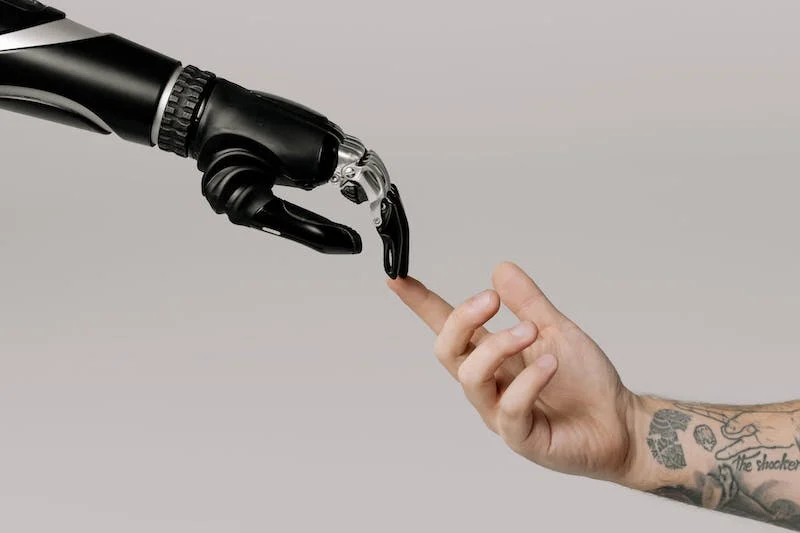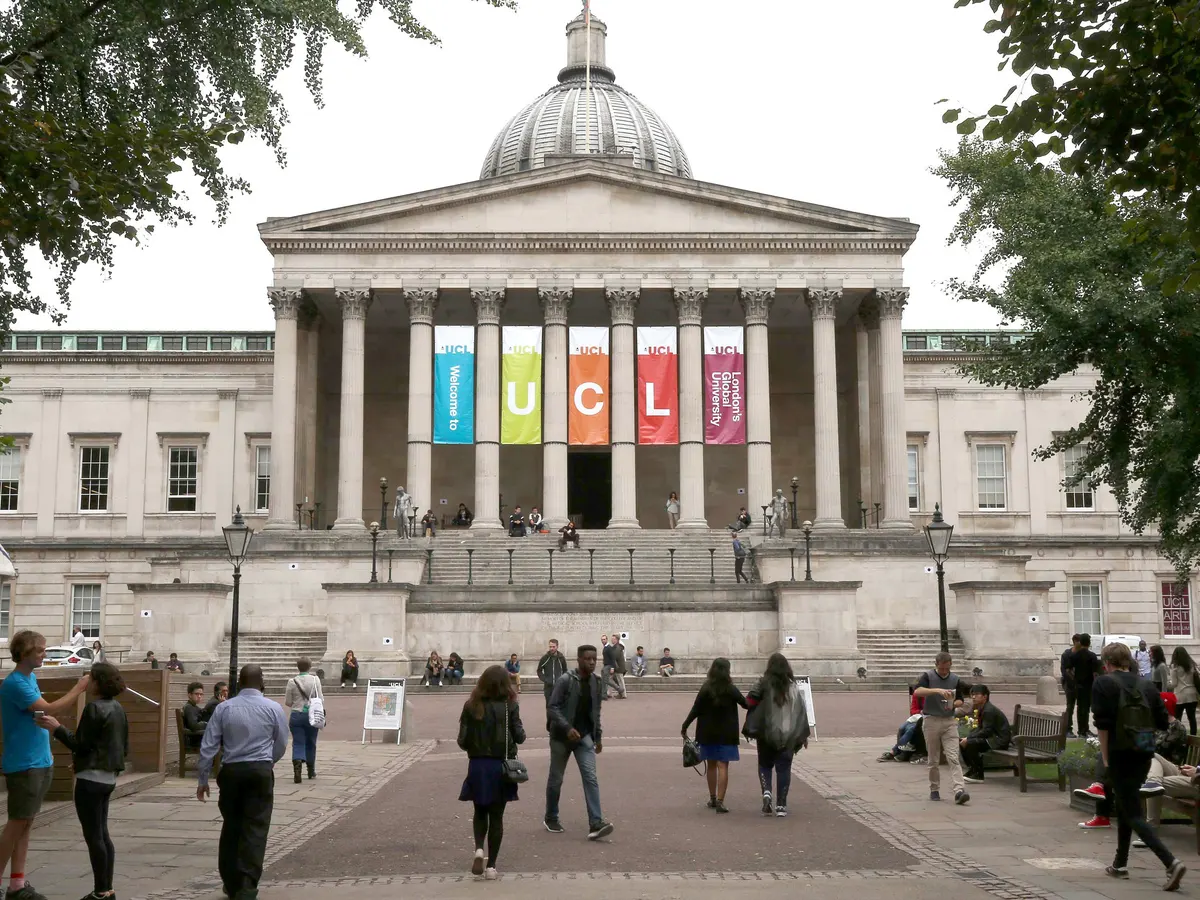Contents
- The Quantum Shift: Why Post-Quantum Cryptography Matters
- Post-Quantum Cryptography: The Foundation of Quantum-Safe Security
- From Legacy to Quantum-Ready Infrastructure
- AI Governance and Trust Infrastructure: Beyond Encryption
- Government and Industry Lead the Quantum Transition
- Economic Stakes and Strategic Importance
- Challenges: Compatibility, Cost, and Complexity
- The Human Element: Trust as a Cultural Imperative
- The Road Ahead: Securing Tomorrow’s Trust
The Quantum Shift: Why Post-Quantum Cryptography Matters
In 2025, the technology community faces a new security frontier. As quantum computing moves from theory to application, traditional encryption systems are under growing threat. Industry leaders, including Gartner and the U.S. NIST, warn that without urgent modernization, critical data could be decrypted within a decade.
Quantum computers exploit Shor’s algorithm to factor large numbers exponentially faster than classical systems. This threatens widely used encryption protocols like RSA and ECC—the bedrock of modern digital security.
Post-Quantum Cryptography (PQC) is emerging as the long-term solution—cryptographic algorithms designed to withstand both classical and quantum attacks. It’s now a top priority for governments, enterprises, and researchers preparing for “Q-Day”, the day quantum computers can break current encryption standards.
Post-Quantum Cryptography: The Foundation of Quantum-Safe Security
Post-quantum cryptography refers to mathematically robust algorithms that remain secure against quantum-based attacks. In 2024, NIST finalized the first set of quantum-safe encryption standards, including CRYSTALS-Kyber, CRYSTALS-Dilithium, FALCON, and SPHINCS+.
These systems replace factorization-based encryption with lattice-based and hash-based techniques, providing scalability and resilience against quantum threats.
According to Gartner’s Quantum Security Trends Report, by 2027, over half of all global enterprises will have initiated their PQC migration strategies, with a focus on hybrid encryption models that balance current and next-gen systems.
From Legacy to Quantum-Ready Infrastructure
Migrating to post-quantum cryptography is not a quick upgrade—it’s a structural transformation. Organizations must rewrite encryption libraries, update network protocols, and evaluate dependencies across their technology stacks.
Dr. Michele Mosca of the University of Waterloo compares it to “replacing the engine of an airplane mid-flight.” Preparation must begin now to avoid disruption when Q-Day arrives.
Forward-thinking enterprises are already adopting hybrid encryption—combining classical and quantum-safe systems for secure, phased implementation.
AI Governance and Trust Infrastructure: Beyond Encryption
While PQC ensures data confidentiality, trust infrastructure addresses a different layer—how AI-driven decisions remain transparent, ethical, and auditable.
1. AI Governance Platforms
AI governance platforms offer explainability, bias monitoring, and regulatory compliance. They create audit trails that clarify how AI systems make decisions—critical in finance, healthcare, and government sectors.
Tools like IBM’s Watsonx.governance and Google Cloud’s AI Explainability exemplify this movement toward auditable AI systems that reinforce digital trust.
2. Digital Trust Frameworks
Digital trust frameworks integrate identity management, data lineage, and algorithmic accountability under one architecture.
These frameworks not only ensure compliance with privacy laws like GDPR and the EU AI Act but also employ quantum-safe encryption to protect data and algorithms against future quantum decryption threats.
Together, AI governance and post-quantum security form the backbone of a new era in technology—one where trust is measurable and machine intelligence is held accountable.
Government and Industry Lead the Quantum Transition
Governments worldwide are acting decisively.
The Quantum Computing Cybersecurity Preparedness Act mandates that U.S. federal agencies begin transitioning to PQC standards. The NSA’s CNSA 2.0 framework defines new cryptographic requirements for national security systems, while the EU’s Digital Europe Programme supports cross-border PQC pilot projects.
Industry is responding in kind:
- IBM, Google, and Microsoft are leading open-source PQC development.
- AWS and Azure now offer quantum-safe key exchange options in their cloud platforms.
- Financial and telecom institutions are conducting PQC-readiness assessments to ensure resilience.
This coordinated approach is transforming quantum security from theory into global policy and infrastructure.
Economic Stakes and Strategic Importance
The global post-quantum cryptography market is projected to surpass $2.8 billion by 2030, fueled by enterprise adoption, compliance requirements, and national defense initiatives.
But beyond economic growth lies a larger issue—digital sovereignty.
Nations that master post-quantum cryptography will control the secure communications backbone of the 21st century.
As one cybersecurity expert put it, “The future of power may not depend on who builds the biggest computer, but who can be trusted with the world’s data.”
Challenges: Compatibility, Cost, and Complexity
Transitioning to PQC introduces significant challenges. Some algorithms require larger key sizes or greater computational overhead, affecting performance in IoT, mobile, and low-power systems.
Enterprises must manage hybrid cryptographic environments for years while maintaining interoperability across legacy and quantum-ready systems.
Global standardization is also ongoing—NIST’s selections will need to align with regional standards emerging in Europe and Asia to ensure seamless global security frameworks.
The Human Element: Trust as a Cultural Imperative
Ultimately, technology alone can’t ensure digital trust—it requires a cultural shift.
Organizations must prioritize transparency, accountability, and security literacy at all levels, from engineers to executives.
Universities are already adding quantum security and ethical AI to their computer science and cybersecurity curricula, preparing professionals for the quantum era.
As Gartner’s 2025 Forecast on Digital Trust observes,
“Digital trust is both a technological and human construct. Technology enforces trust, but people sustain it.”
The Road Ahead: Securing Tomorrow’s Trust
The convergence of post-quantum cryptography and trust infrastructure marks a turning point in the evolution of cybersecurity. Together, they define a world where quantum computing, artificial intelligence, and ethics must coexist securely.
Preparation is no longer optional.
Governments, industries, and institutions must work collaboratively to design systems that are not just powerful—but trustworthy.
As Dr. Mosca notes,
“Quantum computing will change everything—but only those who prepare for trust will thrive in that change.”
Internal Link
See related coverage: AI Ubiquity and Core Modernization



